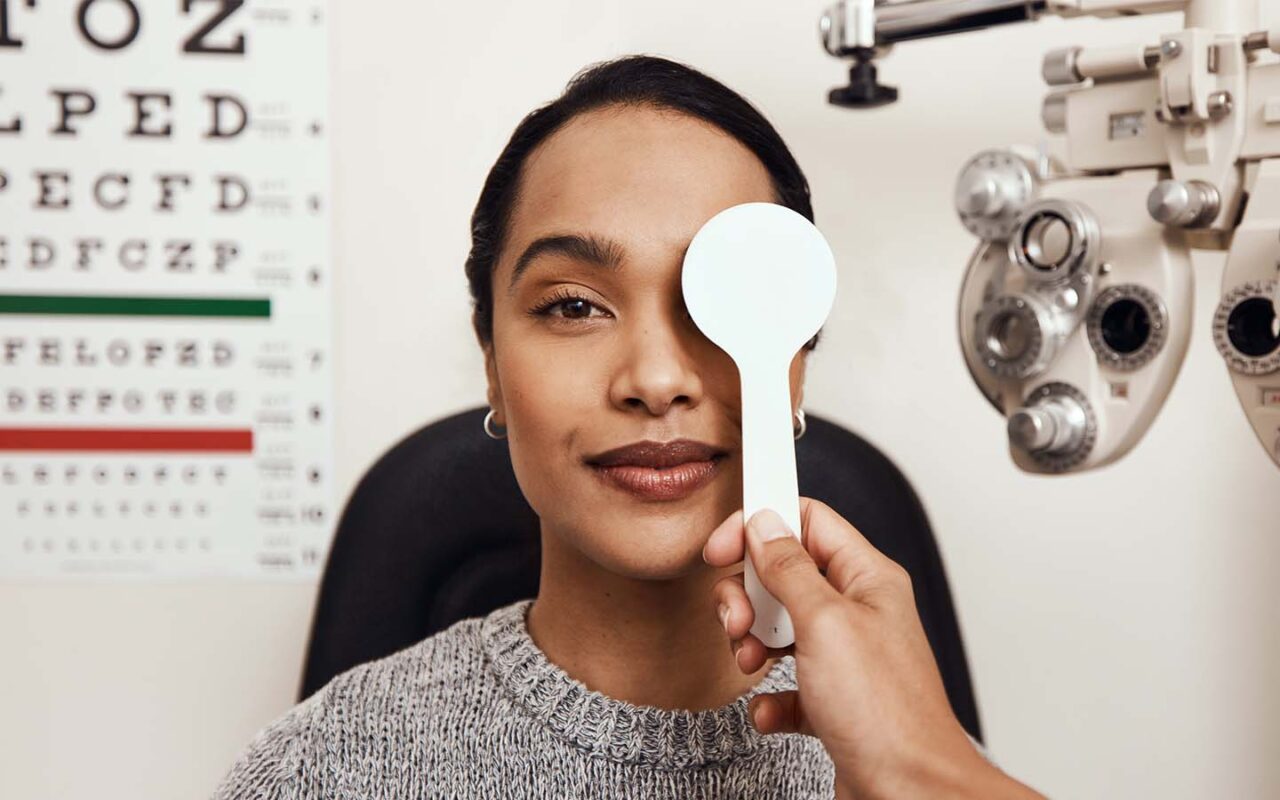All Categories
Featured
Table of Contents

Regular eye exams are important for maintaining great vision and spotting prospective eye health concerns early. Nevertheless, the regularity of these examinations can vary substantially based upon an individual's age, lifestyle, and overall health and wellness. Understanding the recommended routine for eye tests can help guarantee that people of every ages receive ideal treatment and surveillance for their eye wellness.
Infants and Toddlers (0-2 Years)
For babies and kids, eye exams are critical for identifying any potential vision issues early on. The American Academy of Ophthalmology recommends that a child's first eye exam ought to take place at around 6 months of age. Throughout this initial browse through, the eye treatment professional will certainly analyze the child's aesthetic growth and check for any type of evident eye issues.Following this initial exam, it is advised that youngsters have one more eye exam at age three. This visit will certainly concentrate on assessing the kid's overall aesthetic feature, including eye alignment and the ability to track items. If no issues are identified, the next examination should be set up prior to the youngster starts school, generally around age 5 or 6.
School-Aged Youngsters (6-18 Years)
Once children get to institution age, routine eye exams should be scheduled every one to two years. Vision is essential for learning and advancement, and several institutions perform vision testings. These testings do not change a thorough eye exam by an eye treatment specialist.For children associated with sporting activities or activities requiring substantial aesthetic focus, yearly eye tests might be suggested. In addition, if a youngster exhibits indicators of vision problems-- such as trouble checking out, scrunching up your eyes, or constant frustrations-- a check out to the eye physician must be set up asap.
Youthful Adults (19-39 Years)
Young adults typically have less vision adjustments than older age, but normal eye exams remain vital. The general referral is to arrange an eye examination every 2 years during this period. Individuals with certain risk variables-- such as a family members history of eye disease, diabetes mellitus, or those that use get in touch with lenses-- need to take into consideration yearly eye tests.In addition, those that spend significant time on digital tools may experience digital eye stress. If symptoms such as dry skin, exhaustion, or obscured vision take place, it may be a good idea to see an eye care professional quicker.
Grownups (40-64 Years)
Adults aged 40 to 64 need to arrange eye examinations every one to 2 years. Eye exams can additionally aid find various other common age-related problems such as glaucoma, cataracts, and macular deterioration.If individuals in this age have risk factors like high blood pressure or diabetes mellitus, they may call for more frequent assessments to monitor their eye health closely.
Elders (65 Years and Older)
For elders, normal eye tests end up being even much more vital. The American Optometric Association recommends that people aged 65 and older have an eye exam at the very least when a year.Final thought.
Comprehending the ideal timetable for eye exams based on age is important for preserving optimal eye health and wellness throughout life. By sticking to these guidelines and consulting with an eye care expert, people can take positive steps towards protecting their vision and total health.Latest Posts
Discover Relaxation at the Claridge Indoor Pool
Published Feb 14, 25
1 min read
Discover Leisure at the Claridge Indoor Pool
Published Feb 06, 25
1 min read
Living Space Furnishings Styles
Published Jan 25, 25
0 min read